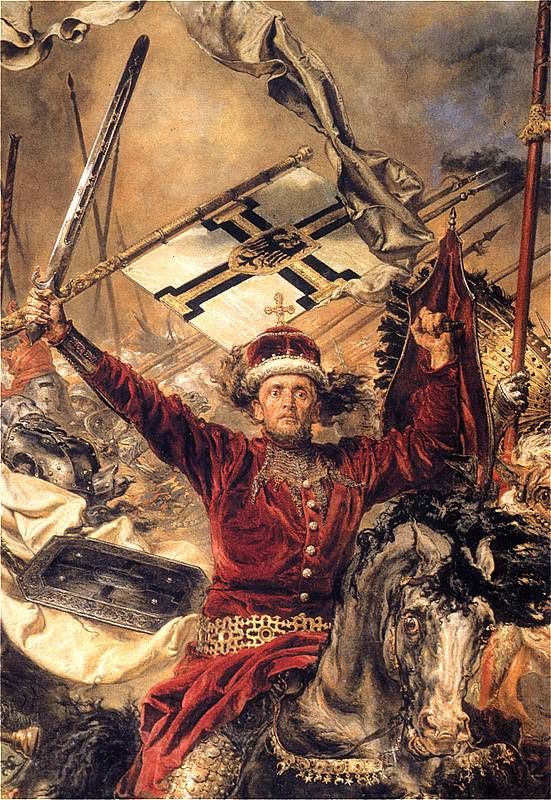
Grand Duchy of Lithuania
LithuaniaThe Grand Duchy of Lithuania, one of the largest states in Europe at the time, became the de facto successor of the traditions of Kievan Rus'. Economically and culturally, the Rutheinian lands were much more developed than the Lithuanian ones. Rutheinian elites formed the face of the Lithuanian state also. A lot of norms of Rutheinian law, titles of positions, estates, system of administrations, etc. were learned. Rutheinian became the official language of the Grand Duchy of Lithuania, which was used for business documents.
Most of Ukraine bordered parts of Lithuania, and some say that the name "Ukraine" comes from the local word for "border," although the name "Ukraine" was also used centuries earlier. And it is more likely that the name points towards the country's traditional production of grain. Lithuania took control of the state of Volynia in northern and northwestern Ukraine, including the region around Kyiv (Rus), and the rulers of Lithuania then adopted the title of ruler of Rus'.
Despite that, many Ukrainians (then known as Ruthenians) were in high positions of power in the Grand Duchy of Lithuania, comprising local rulers, gentry, and even the Lithuanian Crown itself. During this time, Ukraine and Ukrainians saw relative prosperity and autonomy, with the Duchy functioning more like a joint Lithuanian-Ukrainian state, with freedom to practice Orthodox Christianity, speak Ukrainian (especially demonstrated by the significantly low linguistic overlap between the Ukrainian and Lithuanian languages), and continue to engage in Ukrainian culture practices, remaining unabated. In addition, the official language of the state was Ruthenian language, or Old Ukrainian.
Ask Herodotus
HistoryMaps Shop

Heroes of the American Revolution Painting
Explore the rich history of the American Revolution through this captivating painting of the Continental Army. Perfect for history enthusiasts and art collectors, this piece brings to life the bravery and struggles of early American soldiers.








